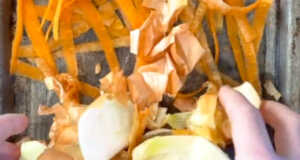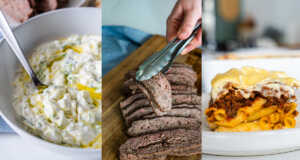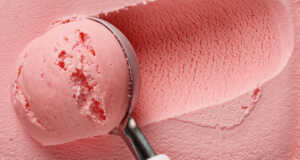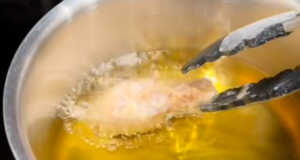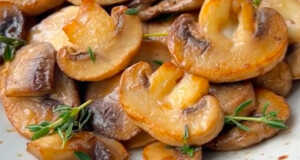We’ve ended the era of fearing salt and have again embraced the powerful culinary technique of brining. However, brining, especially a big hunk of meat, feels downright intimidating, what makes it worse is that there’s more than one way to brine meat. To wet brine or to dry brine, that truly is the question floating around the kitchen, and here’s the answer you need.
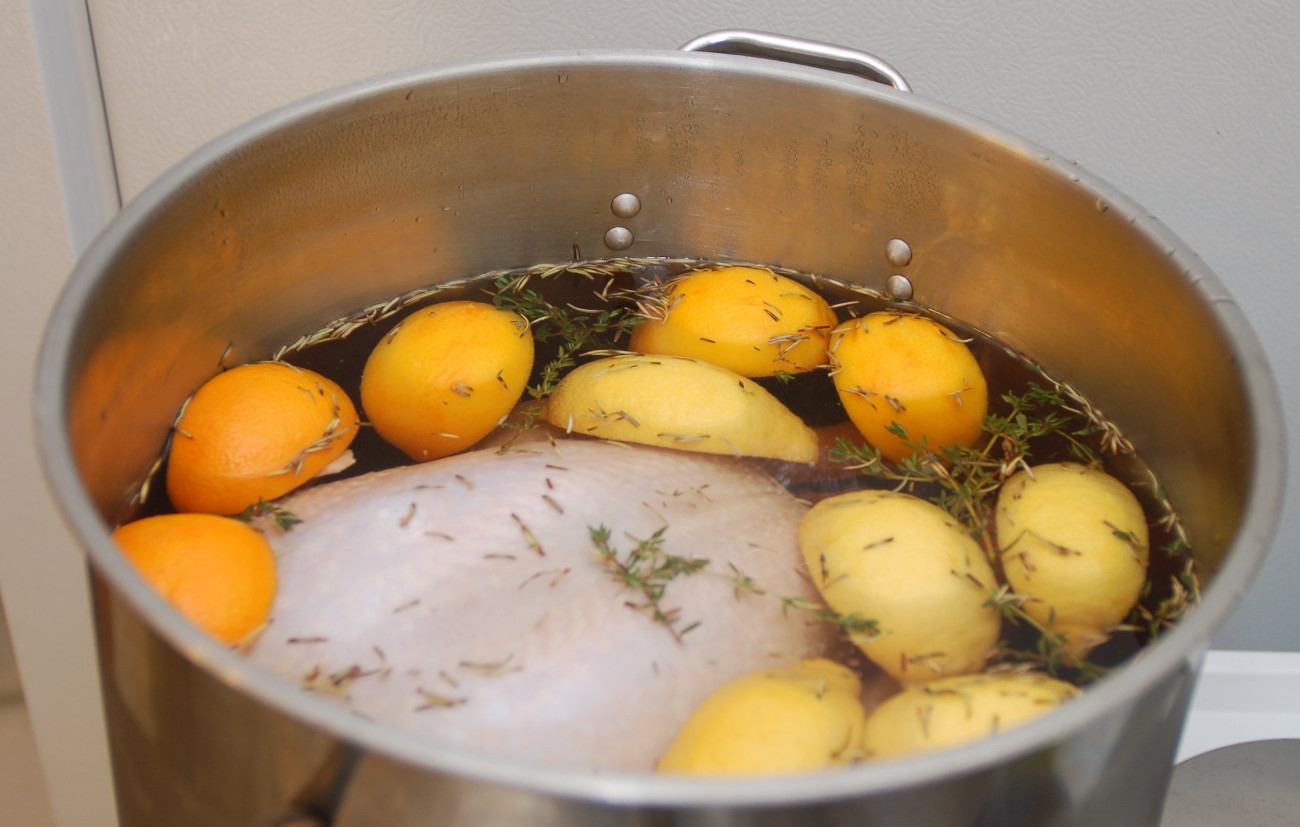
Wet brining is something we’ve all seen once. Essentially, you create a salty liquid solution and soak the meat for a long period. The moisture and a bit of the brining flavor penetrate the first layers of the muscle, protecting it from overcooking in the oven. Wet brines are very popular ways to develop flavors in meats that are otherwise quite bland in taste — I’m talking about your average chicken, turkey, and pork. This method transforms the oh-hum into delicious meat without a crazy ton of added sugars or sauces. Outside of the holiday season, you’ll see a wet brine with things like fried chicken, whose pieces are soaked in seasoned vats of buttermilk or spicy salt brines.
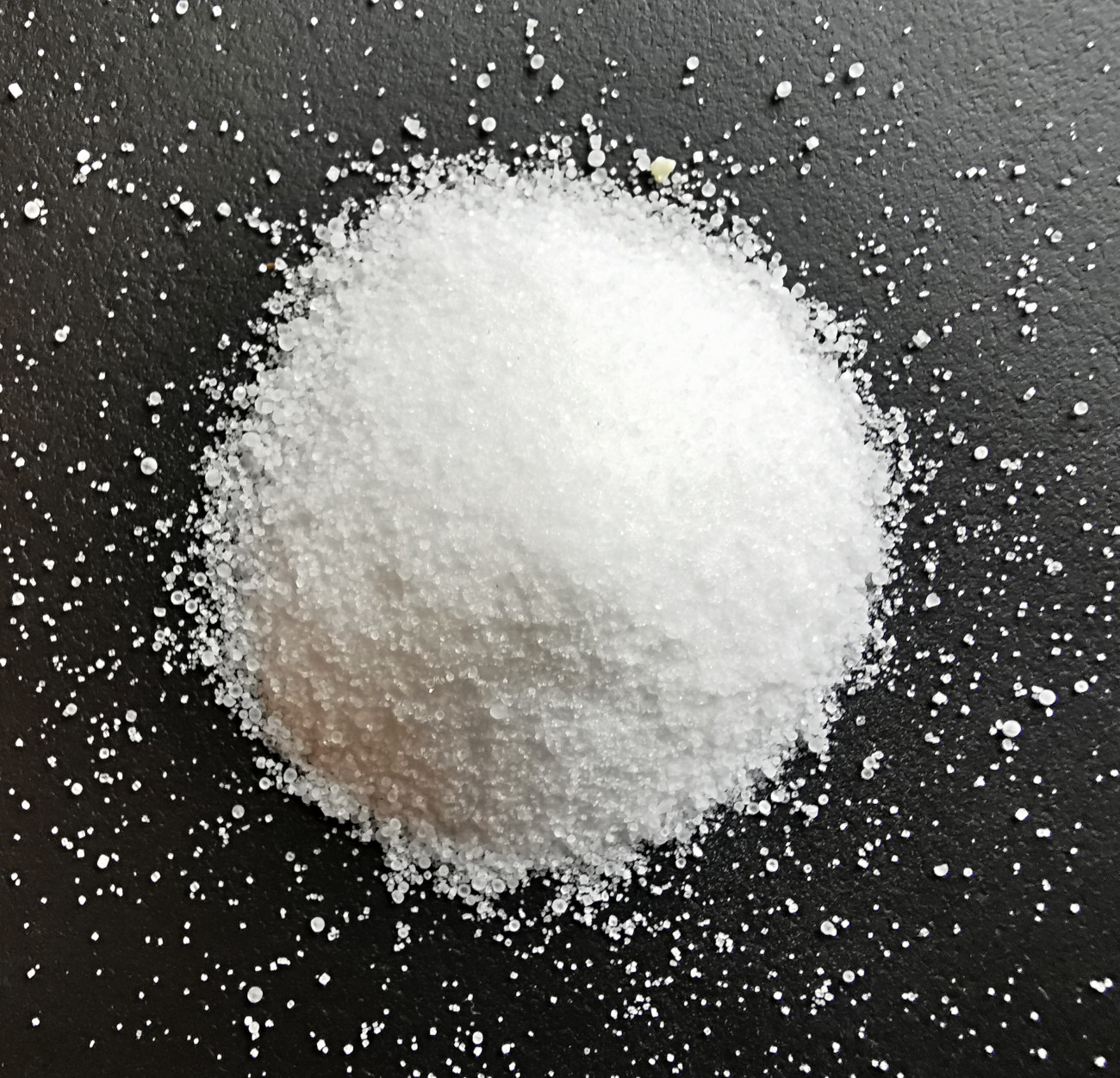
Dry brining, or what some call pre-salting, is way less complicated than its wet-brining cousin. What it comes down to is this — you salt your meat, place it on a baking tray, and let it rest in the refrigerator until you’re ready to roast. This method seems too easy, and one would say ineffective, but just because a dry brine is simple, doesn’t mean it’s useless.

Many swear by a wet brine, dry brining is a better and more consistent way to impart moisture and flavor. If you’re new to brining or simply don’t have the refrigerator real estate to have a giant wet-brine tub taking up space, dry brining is the way to go. Better yet, dry brining creates crispier meats and increases the rate at which the millard reaction (a fancy term for browning) happens, meaning you’re more likely to get a golden brown, crispy exterior to your meats.
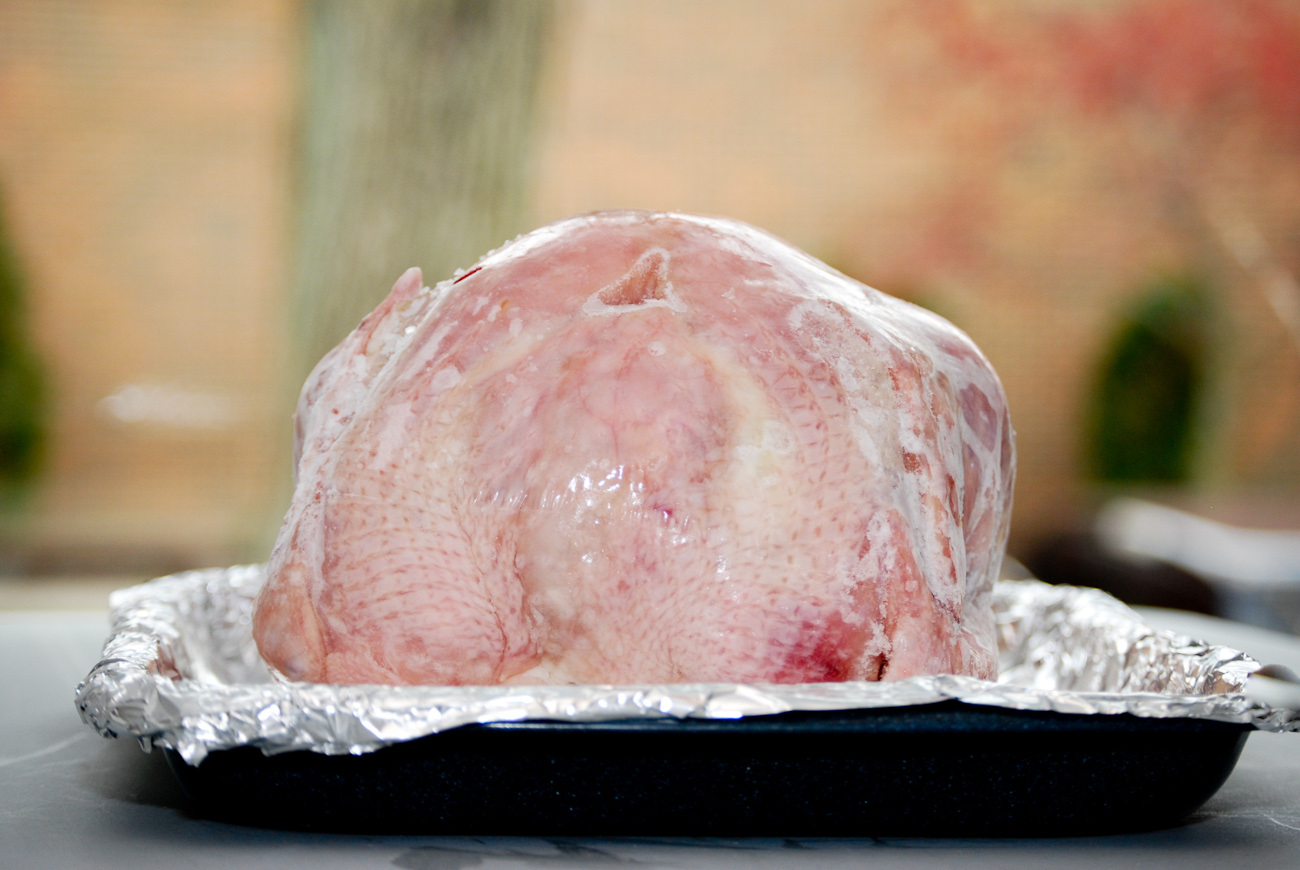
With a wet brine, if you let it soak for too long, you run the risk of over-brining, and this will make the meat taste spongy and waterlogged. It’s very hard to over-brine with the dry-brine method. Before you pop it in the oven, you’ll be rubbing the excess salt off of the skin. Many people think special spices and ingredients in a wet brine translate into flavorful meat, but because it is diluted with water, these special add-ins don’t impart any intensely enhanced flavor.
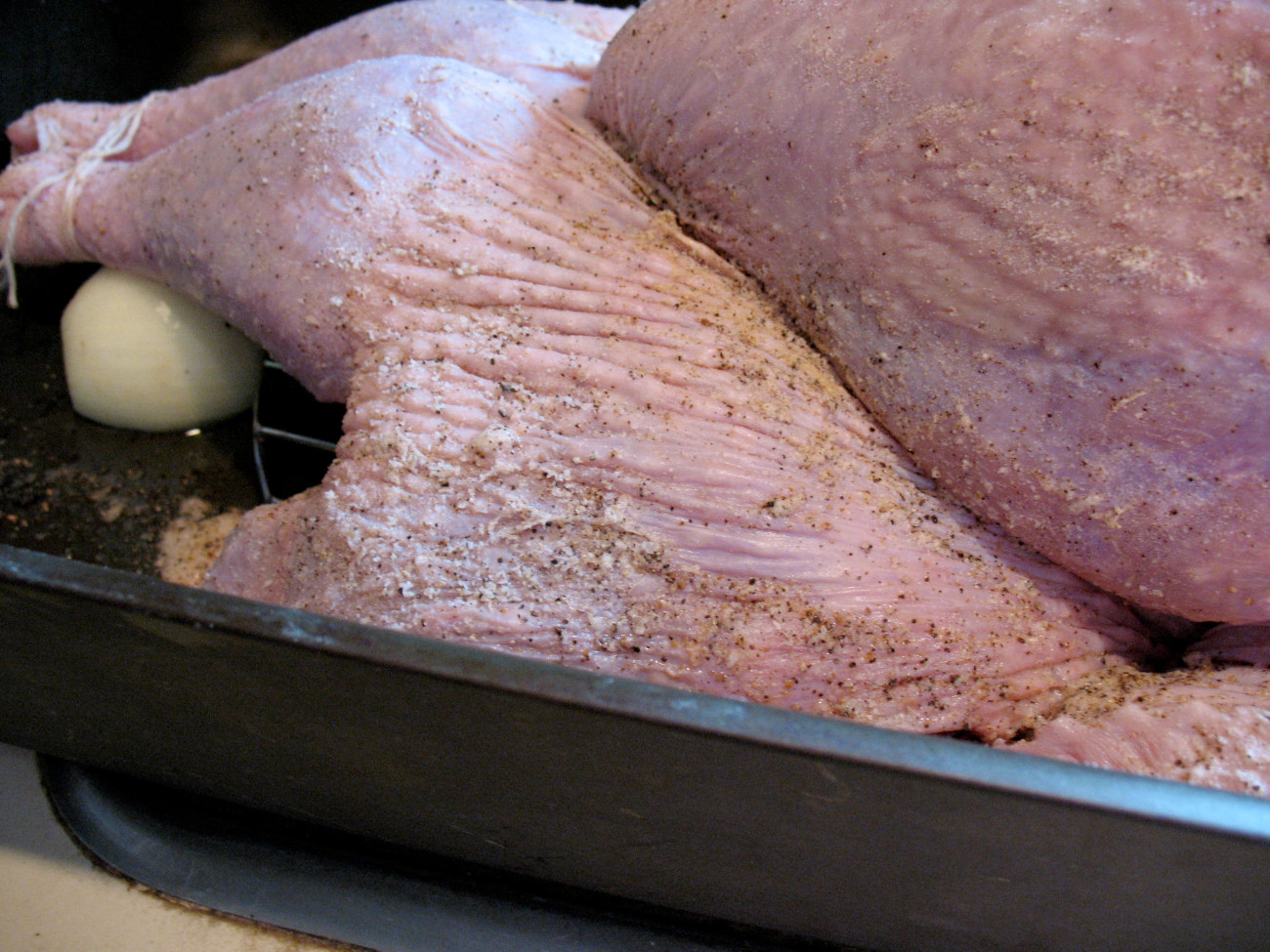
So yes, go ahead and brine your meat, and yes, using the no-water method will give you better results.





